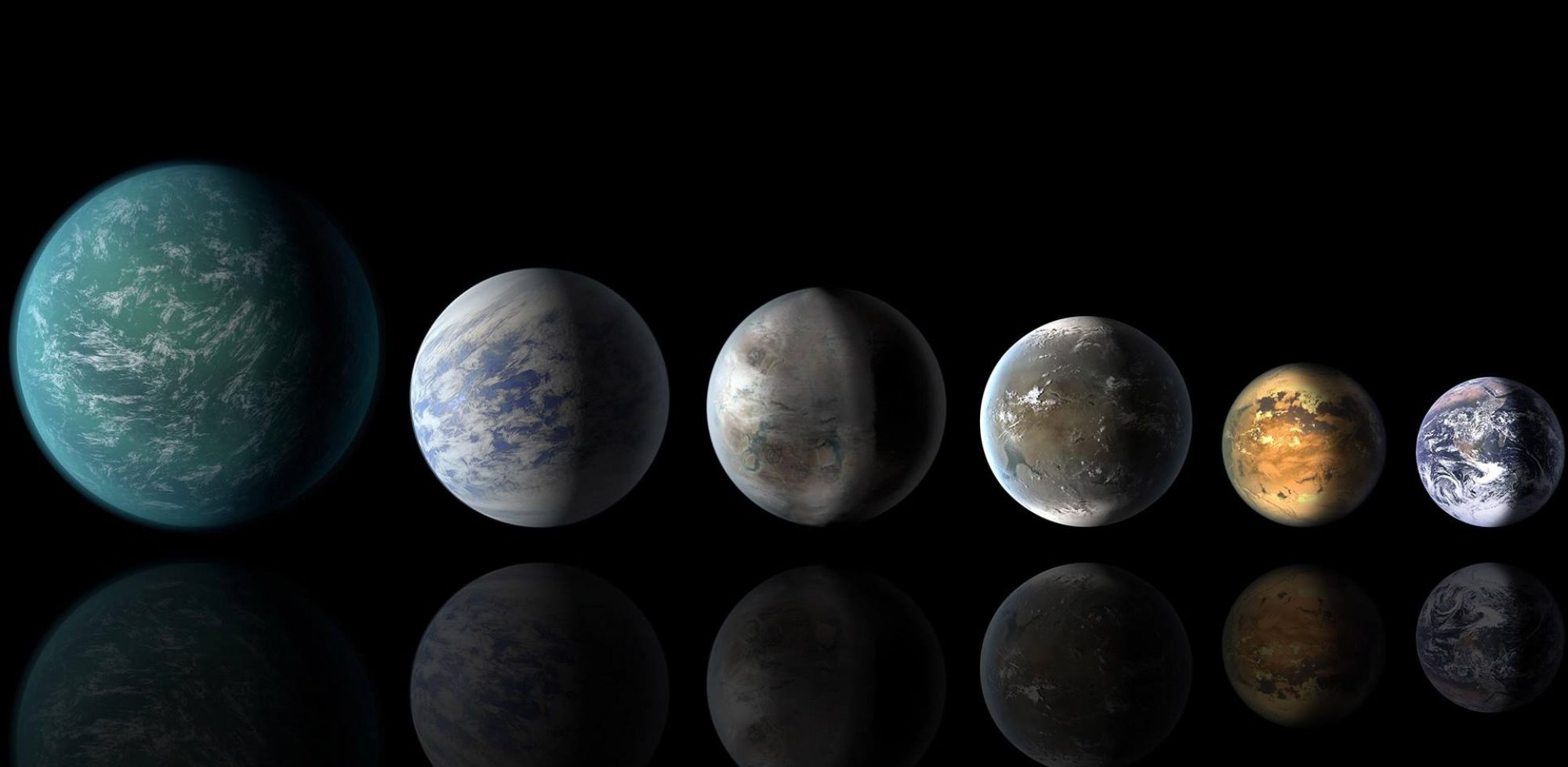For space scientists of all stripes, few goals are as crucial as bringing pieces of Mars, of asteroids, of other planets and moons back to Earth for the kind of intensive study only possible here. Space missions can, and have, told us many truths about the solar system, but having a piece of Mars …
Planetary Protection and the Moons of Mars
Sometime in the early to mid-2020s, the capsule of the Japanese Martian Moons eXploration (MMX) mission is scheduled to arrive at the moons of Mars – Phobos and Deimos. These are small and desolate places, but one goal of the mission is large: to collect samples from the moons and bring them back to Earth. …
Continue reading "Planetary Protection and the Moons of Mars"
Planetary Protection is a "Wicked" Problem
The only time that a formally designated NASA "life detection" mission was flown to another planet or moon was when the two Viking landers headed to Mars forty years ago. The odds of finding some kind of Martian life seemed so promising at the time that there was little dispute about how much energy, money …
Continue reading "Planetary Protection is a "Wicked" Problem"
Planetary Protection is a "Wicked" Problem
The only time that a formally designated NASA "life detection" mission was flown to another planet or moon was when the two Viking landers headed to Mars forty years ago. The odds of finding some kind of Martian life seemed so promising at the time that there was little dispute about how much energy, money …
Continue reading "Planetary Protection is a "Wicked" Problem"
